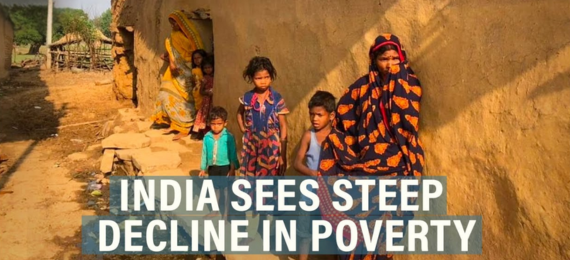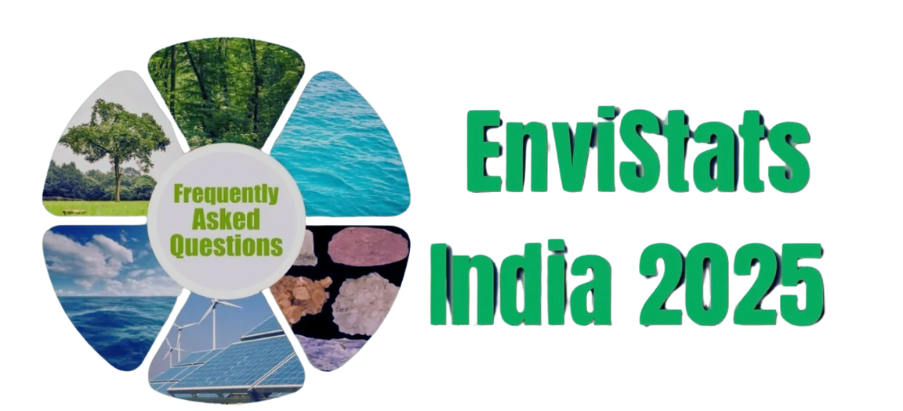- Courses
- GS Full Course 1 Year
- GS Full Course 2 Year
- GS Full Course 3 Year
- GS Full Course Till Selection
- MEP (Mains Enrichment Programme) Data, Facts
- Essay Target – 150+ Marks
- Online Program
- GS Recorded Course
- NCERT- First Ladder
- Polity
- Geography
- Economy
- Ancient, Medieval and Art & Culture AMAC
- Modern India, Post Independence & World History
- Environment
- Governance
- Science & Technology
- International Relations and Internal Security
- Disaster Management
- Ethics
- Current Affairs
- Indian Society and Social Issue
- CSAT
- 5 LAYERED ARJUNA Mentorship
- Public Administration Optional
- ABOUT US
- OUR TOPPERS
- TEST SERIES
- FREE STUDY MATERIAL
- VIDEOS
- CONTACT US
LANGUAGE ATLAS TO MAP INDIA'S LINGUISTIC DIVERSITY
LANGUAGE ATLAS TO MAP INDIA'S LINGUISTIC DIVERSITY
- The Indira Gandhi National Centre for the Arts (IGNCA), under the Ministry of Culture, wants to make a 'Language Atlas' to show how many different languages are spoken in India.
Linguistic Diversity in India
- Sir George Abraham Grierson conducted the 1st detailed Linguistic Survey of India (LSI) in 1928.
- In 1961, the Census of India found that 1,554 languages spoken in the country. This was the most detailed language survey done at that time. Even languages with just one speaker were counted in the 1961 Census.
- Since 1971, languages spoken by less than 10,000 people are not included in the Census, leaving out languages spoken by 1.2 million people, mostly from tribal communities.
- India officially recognizes 22 languages listed in Schedule 8 of the Constitution.
- 97% of the population speaks one of these recognized languages.
- There are 99 non-scheduled languages, with around 37.8 million people speaking them as their mother tongue.
- 121 languages are spoken by 10,000 or more people in India.
-
Multilingualism in India:
- India is one of the most linguistically diverse countries globally.
- Many Indians speak more than one language, known as being multilingual.
- Over 25% of the population speaks two languages, and about 7% speak three languages, according to the 2011 Census.
- Studies show that younger Indians are more likely to be multilingual, with half of urban people aged 15 to 49 speaking two languages.
Key Highlights
- The survey aims to document the number of languages and dialects present in India, including those that are extinct (disappeared) or on the verge of extinction.
- It aims to gather data at state and regional levels and create digital archives of audio recordings for all spoken languages.
- Stakeholders involved in the survey include Ministries of Culture, Education, Tribal Affairs, and various language communities.
Significance of Linguistic Survey
- Preservation of Cultural Heritage: Linguistic surveys help identify and document languages, dialects, and scripts, preserving cultural heritage and linguistic diversity.
- Policy Formulation: Survey data informs policymakers about linguistic needs, aiding in formulating language-related policies in education, governance, and culture.
- Education Planning: Knowledge of regional languages helps design inclusive educational programs catering to diverse linguistic backgrounds.
- Empowering Communities: Surveys empower linguistic minorities by recognizing their languages, contributing to their socio-economic and cultural well-being.
- Research and Documentation: Surveys provide valuable resources for studying language evolution, dialectology (scientific study of linguistic dialects) and aiding linguists, anthropologists, and researchers.
- Promotion of Multilingualism: By highlighting linguistic diversity, surveys promote multilingualism and promote pride in cultural identity.
Constitutional Provisions on Language
- Eighth Schedule: The Eighth Schedule of the Indian Constitution lists 22 official languages of India.
- These languages include Assamese, Bengali, Gujarati, Hindi, Kannada, Kashmiri, Konkani, Malayalam, Manipuri, Marathi, Nepali, Oriya, Punjabi, Sanskrit, Sindhi, Tamil, Telugu, Urdu, Bodo, Santhali, Maithili, and Dogri.
- Additionally, six classical languages are included: Tamil, Sanskrit, Kannada, Telugu, Malayalam, and Odia.
- In addition to these classical languages Pali, Persian, and Prakrit and their works of literature are to be preserved according to India’s National Education Policy-2020.
- Part XVII: Official Languages
- Part XVII of the Indian Constitution (Articles 343 to 351) deals with official languages.
- Language of The Union: Article 120 deals with the language used in Parliament, while Article 210 applies to State Legislature.
- Official Language: Article 343 declares Hindi in Devnagari script as the Union's official language.
- Commission and Committee: Article 344 establishes a Commission and Committee of Parliament on official language.
- Regional Languages
- Article 345: Allows state legislatures to choose an official language for their state.
- Article 346: Specifies the official language for communication between states and between states and the Union.
- Article 347: Permits the President to recognize any language spoken by a section of a state's population if demanded.
- Special Directives
- Article 29: Protects minority interests, ensuring citizens with distinct language, script, or culture can preserve them.
- It also prevents discrimination in state-funded educational institutions based on religion, race, caste, or language.
- Article 350: Grants every person the right to address grievances in any language used in the Union or the State.
- Article 350A: Requires States to offer adequate instruction in the mother tongue at the primary education level for linguistic minority children.
- Article 350B: Establishes a Special Officer for linguistic minorities, appointed by the President, responsible for safeguarding their interests under the Constitution.
Challenges and solutions
Challenges |
Solutions |
|
|
|
Some languages are more powerful, risking the decline of others. Hindi dominance can lead to problems in non-Hindi areas. |
Implement policies promoting education in regional languages alongside Hindi and English. |
|
|
|
Linguistic diversity can cause tensions and conflicts. Forcing certain languages can upset minority groups. |
Review and revise educational policies to support multilingualism and preserve regional languages. |
|
|
|
Indigenous and tribal languages face extinction due to lack of preservation efforts and government support. Without documentation and revitalization, they may disappear. |
Establish standards for regional languages and support efforts to document and preserve endangered languages through oral history preservation, digital archives, etc. |
|
|
|
Insufficient emphasis on regional languages in education leads to proficiency decline among youth. This neglects our rich linguistic variety. |
Empower linguistic communities to take ownership of their languages through community-driven language revitalization projects. |
|
|
|
Urbanisation, globalisation, and dominant cultures harm indigenous languages and cultures. And this may risk losing traditional knowledge and cultural practices. |
Encourage multilingual education to ensure proficiency in native and widely spoken languages. |
|
|
UNESCO Global Taskforce on Indigenous Languages
|



